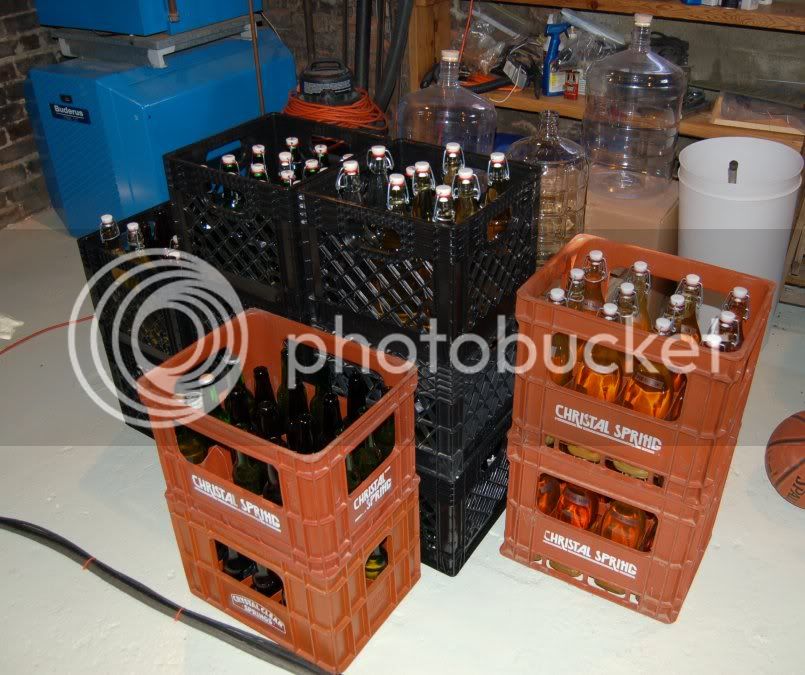CvilleKevin
Well-Known Member
Ivano - I did a mix of Pink Lady and Granny smith a few years ago that was very good. Fuji is also good in a mix although probably woundnt use it as the main juice. I'd avoid the Jonagolds unless I had no choice (they are a cross between yellow delicious and jonathan) and I'm not sure about the jona prince. One thing I've found though is that the same apple can taste very different between two orchards, mainly I think because of harvest time. If it were me, I'd probably start with half Pink Lady and a quarter each of Granny smith and Fuji as a baseline - but before pressing the apples cut some small slices of each. Chomp down on two slices of PL, and one each of Fuji and GS and see how that tastes, vary the proportion of GS to go more or less tart and use the Fuji to balance the flavor of the PL
Scott - no, the two orchards I've been using are both low spray. The one with the press has an apple wash that they run the apples through first. When I press my own, I always wash them first - well, almost always. For the last batch of juice I got, the one with the Northern Spys, I took the juice to a farmers market, where a guy I know has a portable press and presses juice on the spot. He didnt have an apple wash set up so I crossed my fingers and tossed the apples in the hopper. I probably should have pitched some campden before the yeast. For a while it was tasting a little weird, but it seems to be more normal tasting now (perhaps the alcohol killed the weird taste). My takeaway lesson from this was always wash the apples.
Scott - no, the two orchards I've been using are both low spray. The one with the press has an apple wash that they run the apples through first. When I press my own, I always wash them first - well, almost always. For the last batch of juice I got, the one with the Northern Spys, I took the juice to a farmers market, where a guy I know has a portable press and presses juice on the spot. He didnt have an apple wash set up so I crossed my fingers and tossed the apples in the hopper. I probably should have pitched some campden before the yeast. For a while it was tasting a little weird, but it seems to be more normal tasting now (perhaps the alcohol killed the weird taste). My takeaway lesson from this was always wash the apples.



 Are there any other reasons you avoid pasteurization?
Are there any other reasons you avoid pasteurization?